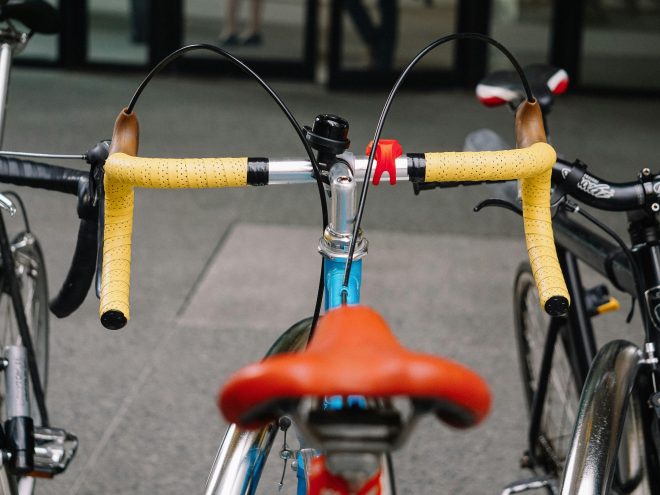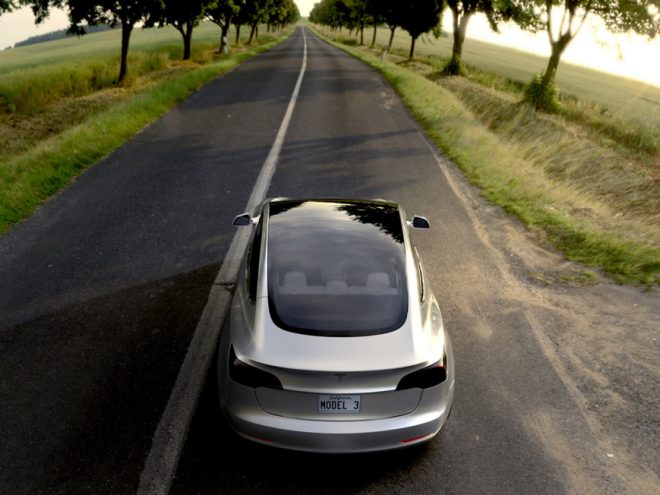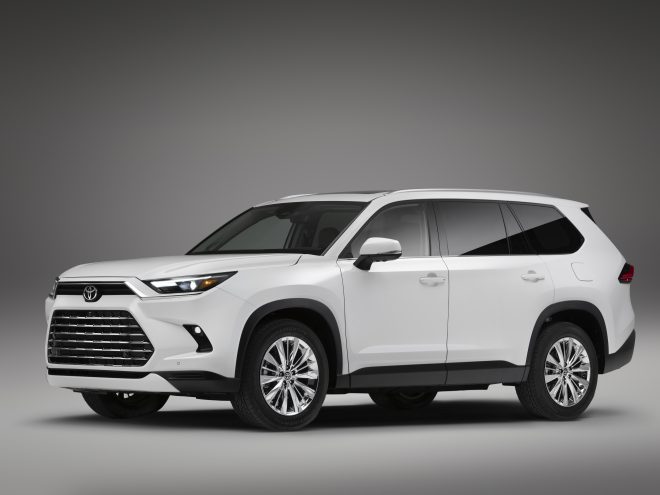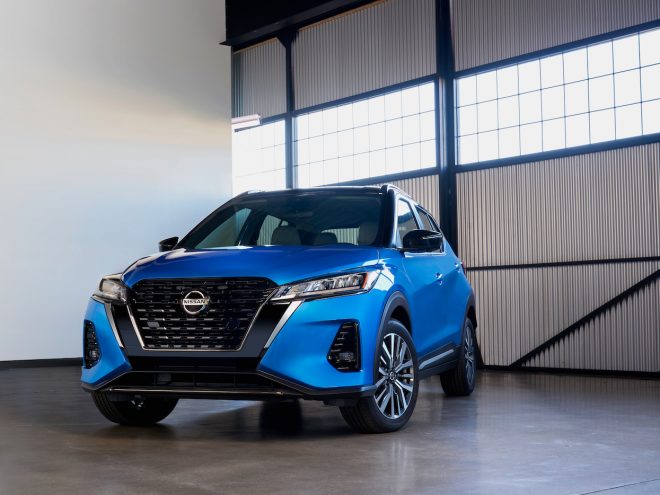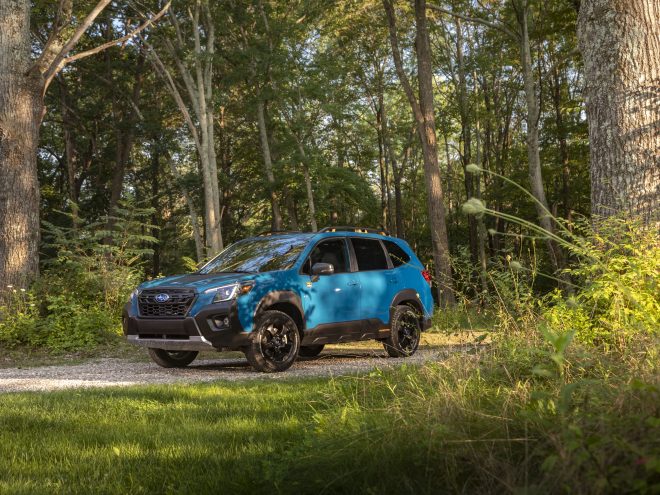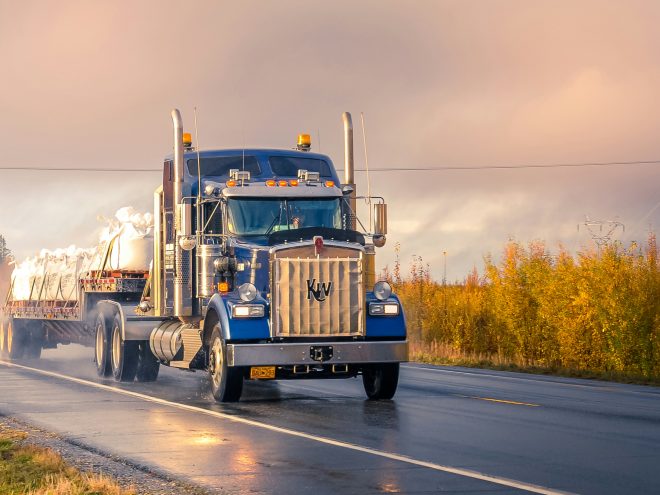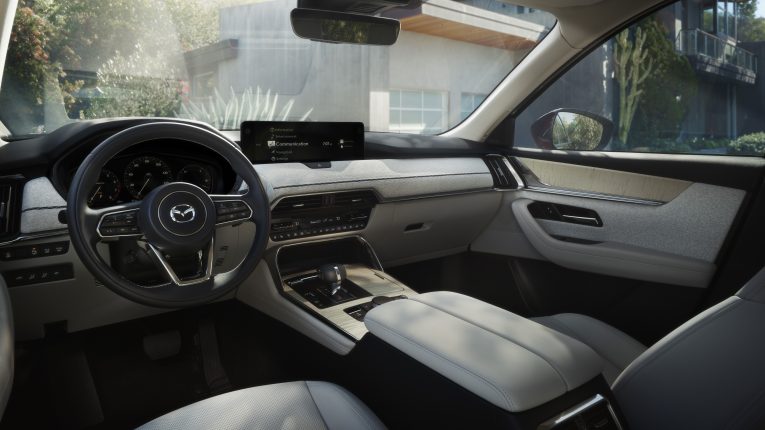
Fall Safety Tips
· Get Your Car Ready for Spring
Before hitting the road, it’s important to make sure your car is in good condition. Check your tires, brakes, and windshield wipers to ensure they are in good working order. Make sure your headlights and taillights are clean and functioning properly. And don’t forget to change your oil and check your fluids. If you live in a state where it snows, switching to all-season tires instead of your winter tires can help you maintain traction.
· Be Aware of Potholes
Winter weather can take a toll on roads, leaving behind potholes and other hazards. After the rain and snow of the winter, mudslides and sinkholes can cause roads to buckle and break. Be on the lookout for potholes, which can damage your tires and suspension if you hit them at high speeds. Try to avoid them if possible, or slow down and drive over them carefully.
· Watch Out for Pedestrians and Cyclists
Spring weather means more people are out and about, whether walking, jogging, or cycling. Be aware of your surroundings and keep an eye out for pedestrians and cyclists, especially in residential areas and near parks and other recreational areas. If you are hurt while walking or jogging, make sure that you get medical attention and be looking for good slip and fall attorneys advice to ensure you are getting the compensation you are owed.
· Keep a Safe Distance
Spring weather can also mean rain and fog, which can reduce visibility on the road. Be sure to keep a safe distance from the car in front of you, and use your headlights and windshield wipers as needed. A good rule of thumb, and the law in most states, is that if your windshield wipers are on, your headlights should be on too. And remember, it takes longer to stop on wet or slippery roads, so give yourself plenty of space.
· Avoid Distracted Driving
Distracted driving is dangerous at any time of year, but it’s especially important to avoid it in the spring. With more people out and about, there are more distractions on the road, from billboards and street performers to other drivers and pedestrians. Stay focused on the road and avoid using your phone or other devices while driving. This includes texting, eating, taking unnecessary phone calls, or listening to music too loud. These can all impair your ability to focus on the road.
· Slow Down in Work Zones
Spring is also a popular time for road construction and repair. If you encounter a work zone, slow down and follow the posted speed limits and signs. Workers may be present, and the road may be narrower or more hazardous than usual. Traffic fines are usually higher in work zones too, so save some cash for your summer vacation and slow down!
· Use Your Turn Signals
Better weather can also mean more traffic on the road. Be sure to use your turn signals when changing lanes or turning, and be aware of other drivers who may not be paying attention. This is great advice any time of the year.
· Be Prepared for Emergencies
No matter how well you prepare, emergencies can still happen. Make sure you have a roadside emergency kit in your car, including a spare tire, jack, and other essentials like a flashlight, blanket, and first-aid kit. Some people also keep an extra change of clothes, emergency food, and solar chargers to not wear down their car battery.
